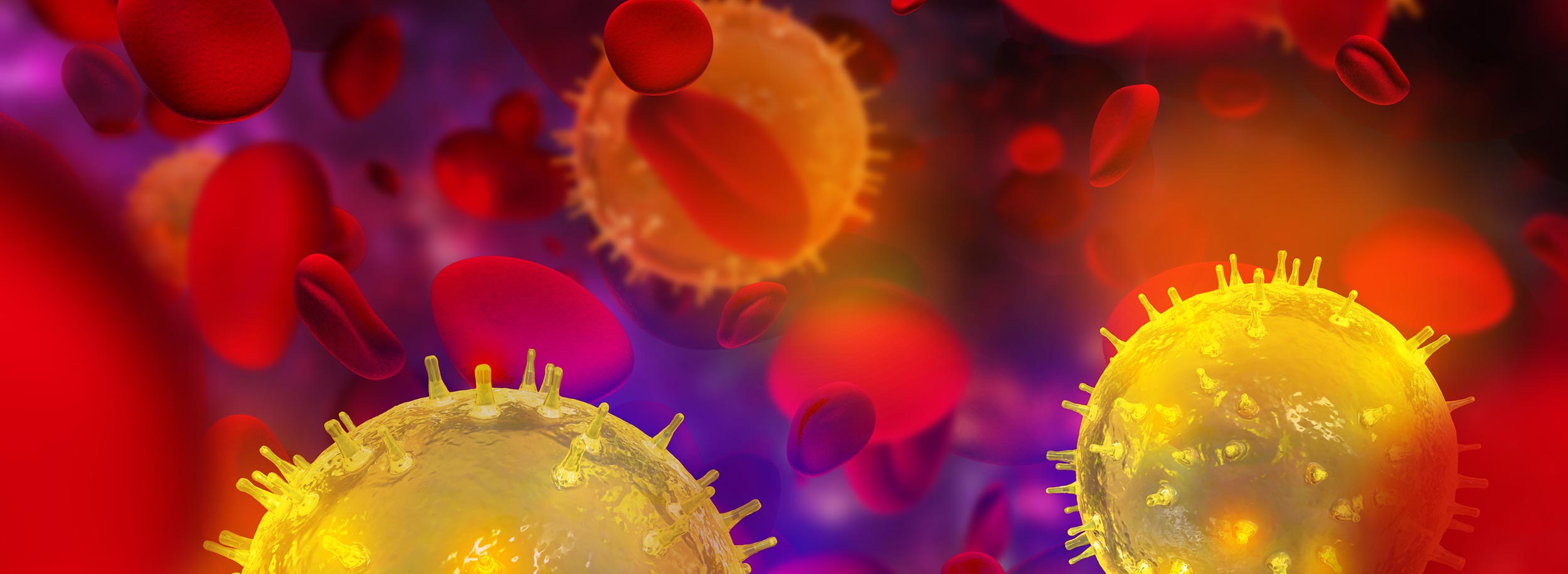On May 29, 2015, in partnership with the Chapman University School of Pharmacy, ASBM held a Continuing Education course for roughly 40 pharmacists entitled “BIOSIMILARS: WHAT EVERY PHARMACIST SHOULD KNOW” at Chapman’s campus in Irvine, CA.
Following a brief baseline quiz to determine the participants’ understanding of biologics and biosimilars, four presentations were given by ASBM as part of a 3-credit hour course accredited by the California Pharmacists Association:
ASBM executive director Michael Reilly covered the history of U.S. biosimilar regulation, emphasizing on legislative definitions and FDA guidance, along with the broad strokes of ASBM’s activities serving as a resource for physician, patient and pharmacist perspectives for regulators in the U.S. and internationally. View his presentation here.

ASBM advisory board chair Dr. Philip Schneider covered the scientific differences between biologics and chemical medicines, illustrating how the size and complexity of these molecules, along with their sensitivity and lability, pose unique challenges including the possibility of immune response, and require special care in handling and preparation. The importance of clear identification of two similar biologics was emphasized from a pharmacist perspective, and possible solutions to this need (random or meaningful suffixes, prefixes, NDC codes, BQ) were discussed. The value of clear labeling was emphasized and identified as critical for pharmacists. Dr. Schneider also discussed the reason he co-authored a letter to the FDA calling for transparent biosimilar labeling. View his presentation here.

ASBM chairman Dr. Harry Gewanter then shared survey data reflecting physicians views on the importance of transparency in medicines, including the value of distinguishable names and a transparent label. Dr. Gewanter spoke about the value, hope, and opportunity that biologic medicines have brought to his patients, emphasizing that biosimilars will add to their legacy and increase access as well. However, he cautioned that physicians must gain confidence in biosimilars through data and transparency. Dr. Gewanter also stressed the need for timely physician-physician communication in cases of biosimilar substitution. View his presentation here.

Finally, Dr. Schneider discussed the evolution and current status of biosimilar substitution legislation in the U.S. He stressed the common ground between physicians and pharmacists, and value of cooperation and collaboration with physicians for general purposes of patient safety and pharmacovigilance. View his presentation here.
Following the course, an informal survey was conducted to measure the participants’ attitudes toward biosimilar naming. The results showed that the pharmacists in attendance were extremely supportive of distinguishable naming:
- When asked “As a pharmacist, how important is it for me to be able to clearly distinguish between two similar biologic medicines?” 90% of respondents replied “Very Important or Critical”.
- When presented with the statement “A biosimilar should have a name that allows it to be clearly distinguishable from the innovator or reference product to which it is similar.” 93% agreed with this statement.
